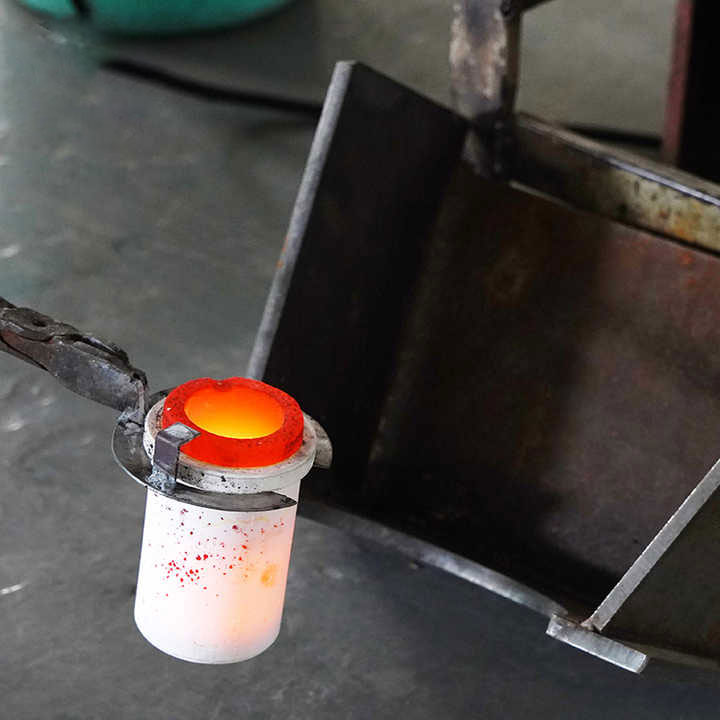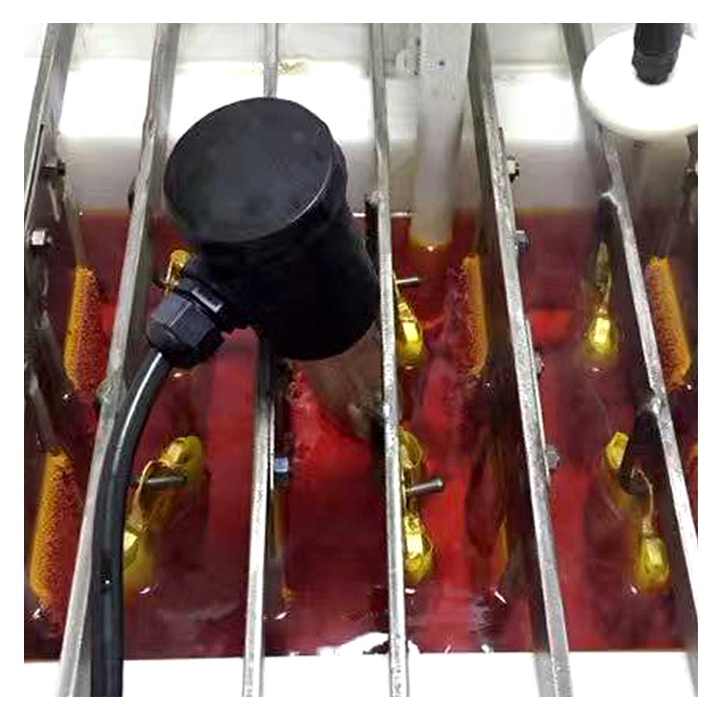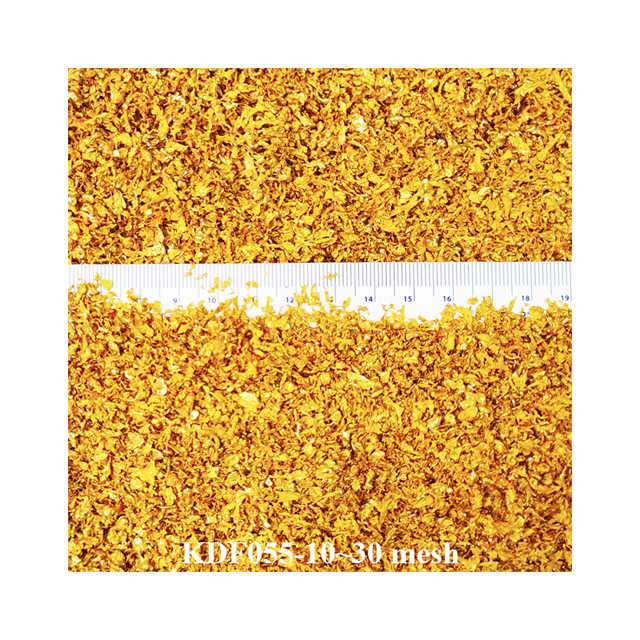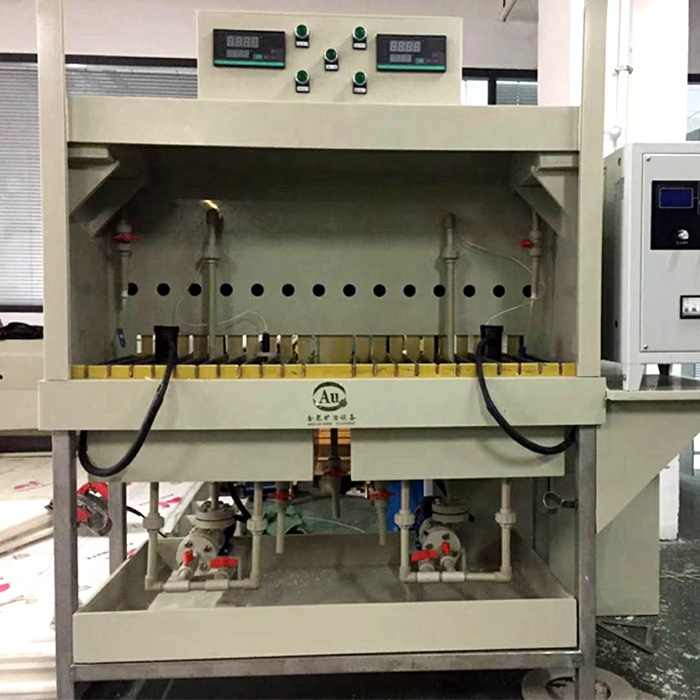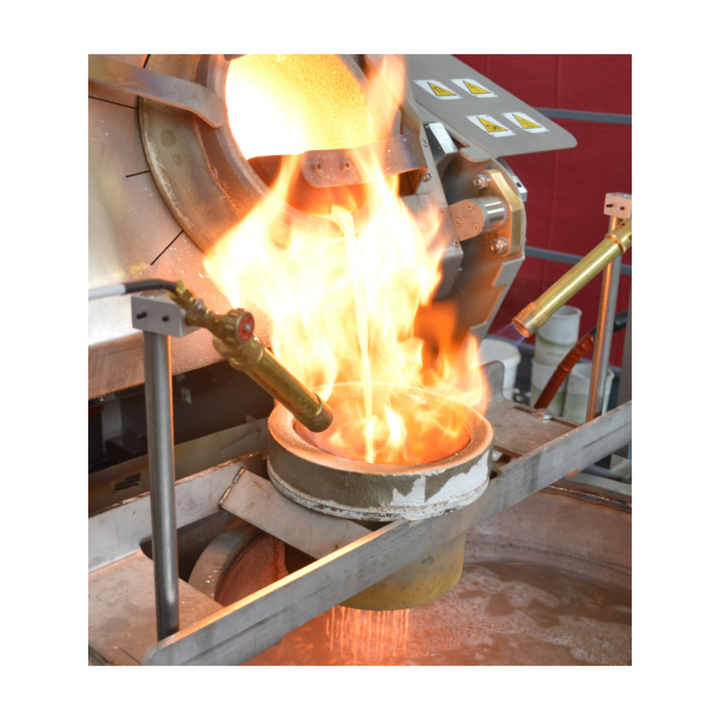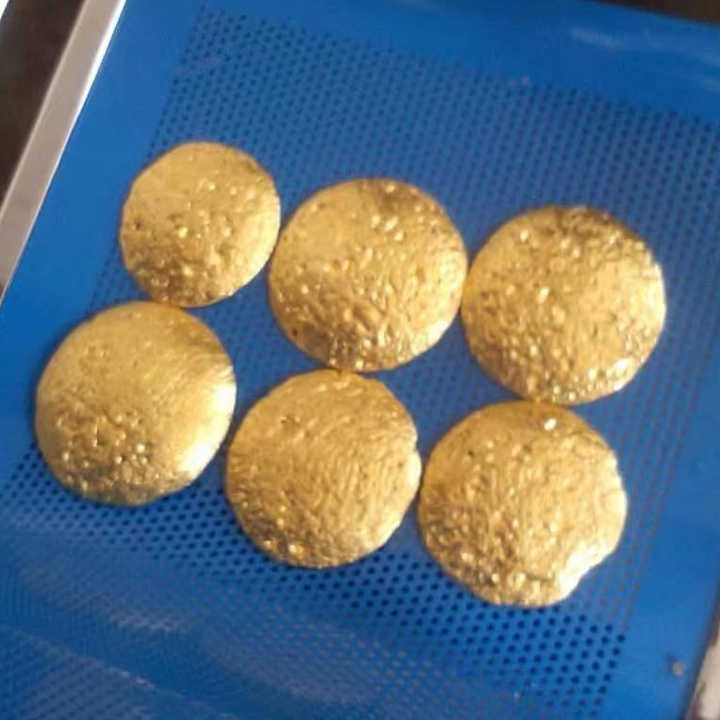gold purification acid

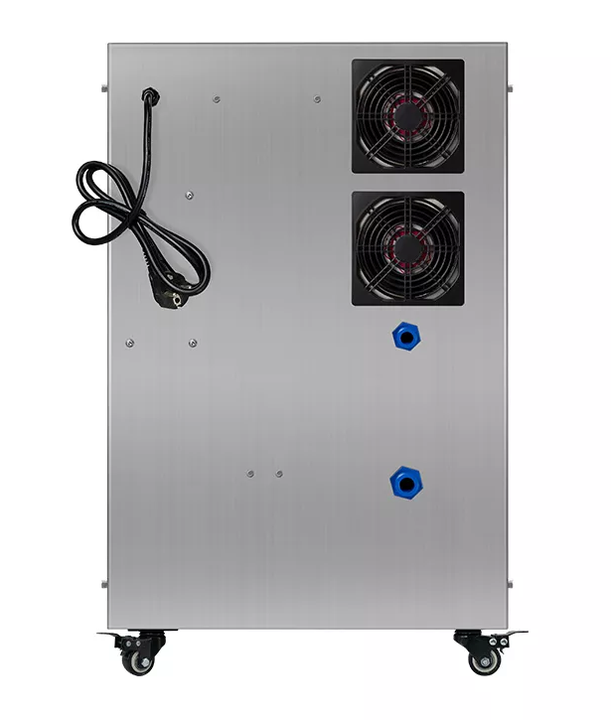
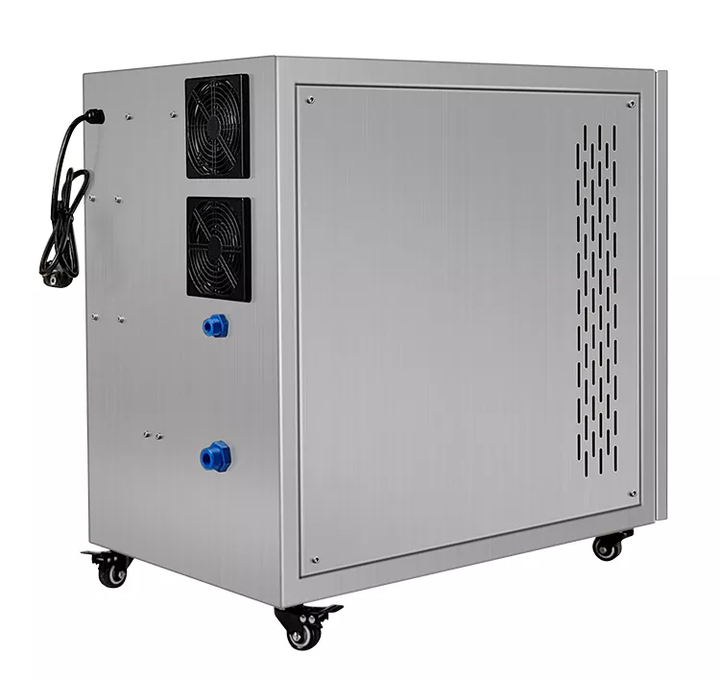
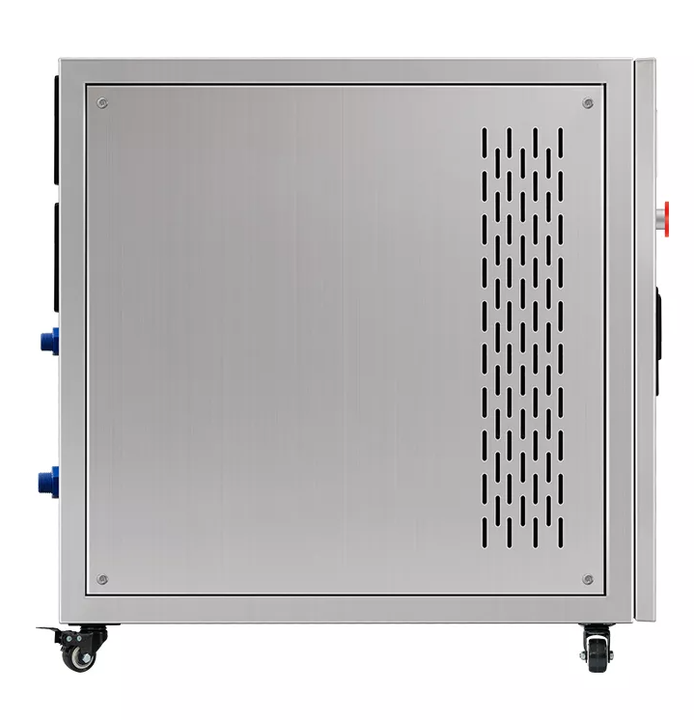

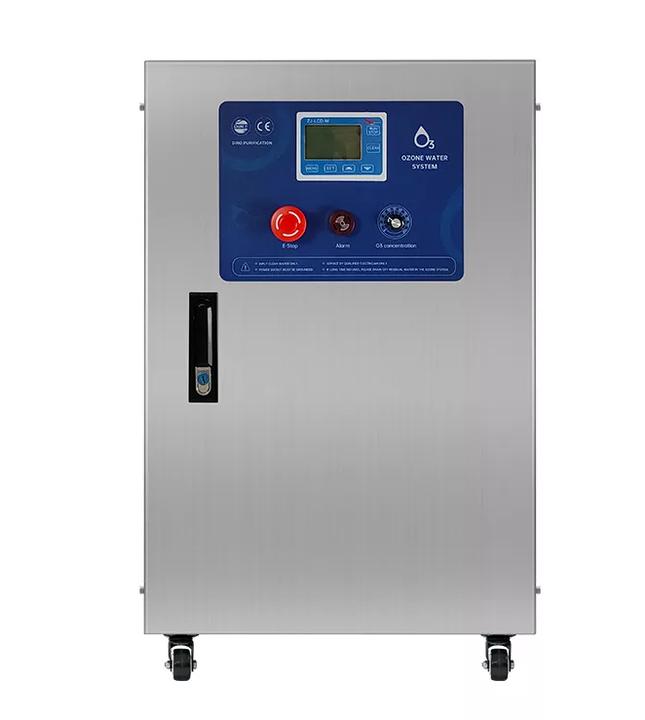
Gold purification is a critical step in refining gold to remove impurities and achieve high purity levels. One of the most effective methods of refining gold involves the use of acid. This process, known as acid-based gold purification, dissolves unwanted materials and leaves behind purified gold. In this article, we will explore how gold purification using acid works, the types of acids involved, the equipment required, and the benefits and challenges of this method.
Understanding Gold Purification with Acid
Gold purification with acid typically involves dissolving gold in a chemical solution to separate impurities. Various acids are used depending on the method, with aqua regia being one of the most widely recognized. This process is commonly employed both in large-scale industrial settings and small-scale gold refining.
1. What Is Aqua Regia in Gold Purification?
Aqua regia is a mixture of nitric acid and hydrochloric acid, and it is the most commonly used solution in gold purification using acid. The combination of these two acids creates a potent mixture capable of dissolving gold, which is generally resistant to corrosion by a single acid. The use of aqua regia dates back centuries and remains a preferred method due to its effectiveness.
Why Aqua Regia Is Effective for Gold
Gold is a highly stable metal that does not react easily with most substances. However, aqua regia’s unique combination of nitric acid, which dissolves non-gold components, and hydrochloric acid, which forms gold-chloride complexes, allows for the gold to dissolve. Once dissolved, impurities can be removed through filtration, leaving behind purified gold.
2. Other Acids Used in Gold Purification
While aqua regia is the most famous acid for gold purification, other acids can also be used in certain situations. These include sulfuric acid and hydrochloric acid on their own, depending on the specific impurities present in the gold.
Sulfuric Acid
Sulfuric acid is often used in the initial stages of gold purification to separate base metals like copper, zinc, and iron. By dissolving these metals, sulfuric acid helps purify the gold ore, leaving behind gold and other noble metals.
Hydrochloric Acid
Hydrochloric acid is commonly used alongside other chemicals in the refining process. It can help further purify gold once the major impurities have been removed using other acids or methods. It is particularly effective when used in combination with aqua regia or sulfuric acid.
The Process of Gold Purification Using Acid
The gold purification acid process involves multiple steps, each of which requires careful attention to detail and safety. Below is a breakdown of how the process works.
1. Preparing the Acid Solution
The first step in gold purification using acid is to prepare the acid solution. For the aqua regia method, this involves mixing nitric acid and hydrochloric acid in a ratio of one part nitric acid to three parts hydrochloric acid. The mixture should be handled with caution, as both acids are highly corrosive and can produce harmful fumes.
2. Dissolving the Gold
Once the acid solution is prepared, the gold to be refined is added to the solution. The acids begin to react with the gold, dissolving it into the mixture. This step may take some time, depending on the amount of gold being purified. It is important to ensure that the solution is stirred occasionally to help the gold dissolve evenly.
3. Filtering Impurities
After the gold has been dissolved, impurities such as base metals and non-metallic materials will remain in the solution. Filtration is used to remove these impurities. The remaining solution contains dissolved gold, which can be extracted through additional steps.
4. Precipitating the Gold
Once the impurities have been filtered out, the gold must be precipitated out of the solution. This is typically done by adding a reducing agent, such as sodium metabisulfite or ferrous sulfate, which causes the gold to precipitate out of the solution and settle at the bottom of the container.
5. Final Purification and Drying
The gold that has precipitated is collected and then washed to remove any remaining traces of acid or impurities. Afterward, it is dried, leaving behind purified gold that can be used for a variety of purposes, including jewelry, investment, or industrial applications.
Equipment Used in Gold Purification with Acid
Several key pieces of equipment are necessary for the gold purification acid process to be successful. These include containers, filtration systems, and safety gear.
1. Glassware and Reaction Vessels
Since acids can be highly corrosive, all equipment used in gold purification using acid must be resistant to acid damage. Glassware or specialized reaction vessels are typically used to mix the acid solution and dissolve the gold.
2. Filtration Systems
Filtration systems are essential for separating impurities from the dissolved gold solution. These systems can range from simple filters to more complex setups for large-scale gold refining.
3. Safety Equipment
Because of the hazardous nature of the chemicals involved, safety equipment such as gloves, goggles, and ventilation systems is essential. This ensures the protection of the person conducting the purification process from harmful fumes or accidental spills.
Advantages of Using Acid for Gold Purification
The gold purification acid method offers several key advantages, making it a popular choice for both large and small-scale gold refiners.
1. High Purity Levels
One of the primary benefits of using acid for gold purification is the high level of purity that can be achieved. Acid-based methods can refine gold to 99.9% purity, making it suitable for a wide range of applications.
2. Cost-Effectiveness
For small-scale refiners, the gold purification acid process is relatively cost-effective. The materials required, such as nitric and hydrochloric acids, are inexpensive compared to other purification methods, and the equipment needed is often minimal.
3. Versatility
Acid-based gold purification is versatile and can be applied to a variety of gold sources, from gold scrap to ore. This flexibility allows refiners to use the process in different settings and with varying materials.
Challenges of Gold Purification Using Acid
Despite its advantages, the gold purification acid process also presents several challenges.
1. Environmental Concerns
The use of toxic chemicals such as nitric acid and hydrochloric acid can pose environmental risks if not handled correctly. Waste disposal must be carefully managed to avoid contaminating water supplies or harming local ecosystems.
2. Safety Risks
The acids used in gold purification are highly corrosive and can cause severe burns or respiratory damage if inhaled. It is crucial to follow strict safety protocols and wear protective gear at all times when handling these substances.
Gold purification using acid is a highly effective method for refining gold to achieve high levels of purity. Whether through the use of aqua regia or other acid combinations, this process is widely used in both large-scale industrial settings and small-scale operations. With the right equipment and safety precautions, the acid-based gold purification method offers an efficient and cost-effective way to purify this precious metal. However, careful attention to environmental and safety considerations is essential for the responsible use of this method.










